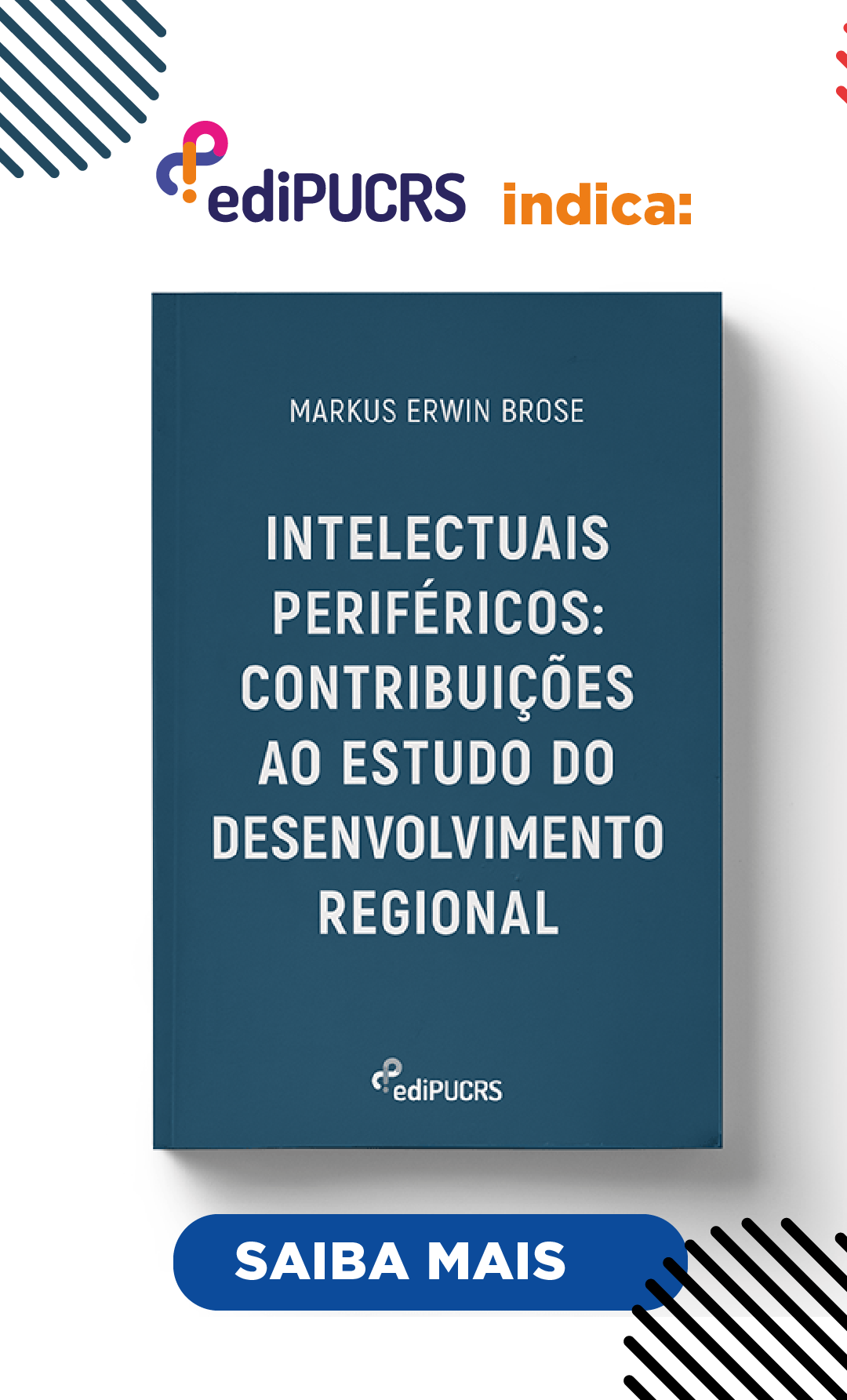The expansion of the Universal Church of the Kingdom of God in the United States
DOI:
https://doi.org/10.15448/1984-7289.2003.1.110Abstract
The Universal Church of the Kingdom of God is a Brazilian-based pentecostal denomination whose centralized institutional structure facilitates its global expansion. This aspect of the organization, in the context of religious transnationalism, means that the growth of the denomination beyond Brazil depends to a greater degree on the church as a transnational agent than on the forces of transnational migration. In the United States, the Universal Church stands out as a Brazilian church that has successfully translated its services, rituals and discourse for a varied hispanic population. Based on the analysis of census and spatially referenced data, this article discusses the Universal Church's strategy of church implantation in the US. The analysis indicates a strong tendency to locate churches in urban areas with large hispanic populations and in locations with high concentrations of hispanics. Mapping the expansion of the Universal Church, the article demonstrates a highly significant relation between church locations and the spatial distribution of hispanics. Keywords: Universal Church of Kingdom of God, religious transnationalism, spatially referenced dataDownloads
Download data is not yet available.
Downloads
Published
2007-05-03
How to Cite
Kramer, E. W. (2007). The expansion of the Universal Church of the Kingdom of God in the United States. Civitas: Journal of Social Sciences, 3(1), 69–96. https://doi.org/10.15448/1984-7289.2003.1.110
Issue
Section
Articles
License
Copyright (c) 2016 Civitas – Journal of Social Sciences

This work is licensed under a Creative Commons Attribution-NonCommercial-NoDerivatives 4.0 International License.
The submission of originals to this journal implies the transfer by the authors of the right for printed and digital publication. Authors retain copyright and grant the journal right of first publication. If the authors wish to include the same data into another publication, they must cite this journal as the site of original publication. As the journal is of open access, the articles are allowed for free use in scientific and educational applications, with citation of the source (please see the Creative Commons License at the bottom of this page).




